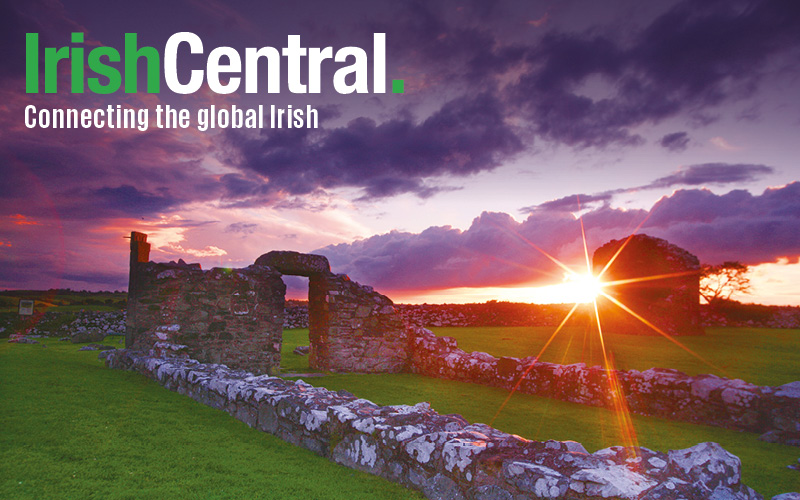Experts are calling the discovery of the 1,000-year-old remains of a woman and two children in the Burren, County Clare, “very exciting and significant”.
Director of the Caherconnell Archaeological School, Dr Michelle Comber, told the Irish Examiner, there was “an air of excitement” at the end of the eight-week long dig.
The woman is believed to be aged 45 or older and the children were aged between one and two years old. When the bodies were first found the police were called to the scene but they were satisfied the remains were ancient.
Comber said they “could be thousands of years old but we won’t know for a couple of months until the results of carbon-dating of the bones are made available.”
She said the remains pre-date the building of the fort or cashel, which is under excavation at Caherconnell. This was built around the 10th or 11th century. Caherconnell is located one kilometer from the Poulnabrone dolmen.
John Davoren, a farmer, who has operated the fort as a tourist attractions since 2003 said, “The discovery has brought some excitement, but as caretaker of these lands, I feel a connection to the people who have come before us.
“Someone always cries at the graveside and the body of the very young baby would have brought hardship to whoever it was back then.”
The bodies were found in stone boxes, or cists, buried under the walls of the enclosure. The smaller of the two boxes contained a baby who was either stillborn or died after birth.
Comber said the woman “suffered from joint disease, probably as a result of much physical labour over the course of her lifetime.”
She told the Irish Times that these latest discoveries “put the natives back into the picture of medieval Ireland.
“We know a lot about the Anglo-Normans at this time who built large castles and towns, but this well-off family at Caherconnell was making a statement that they were going to hold on to their culture, their land and cling to their traditions.”
Caherconnell was owned by the local Gaelic rulers, the O’Loughlins, in medieval times and it is possible that the builders of the cashel were ancestors of the O’Loughlins. She said the excavation and previous studies “reflect a wealthy family who wore jewellery of bronze, quartz and glass, who hunted and fought, who farmed the surrounding land and who played games and listened to music.”




Comments